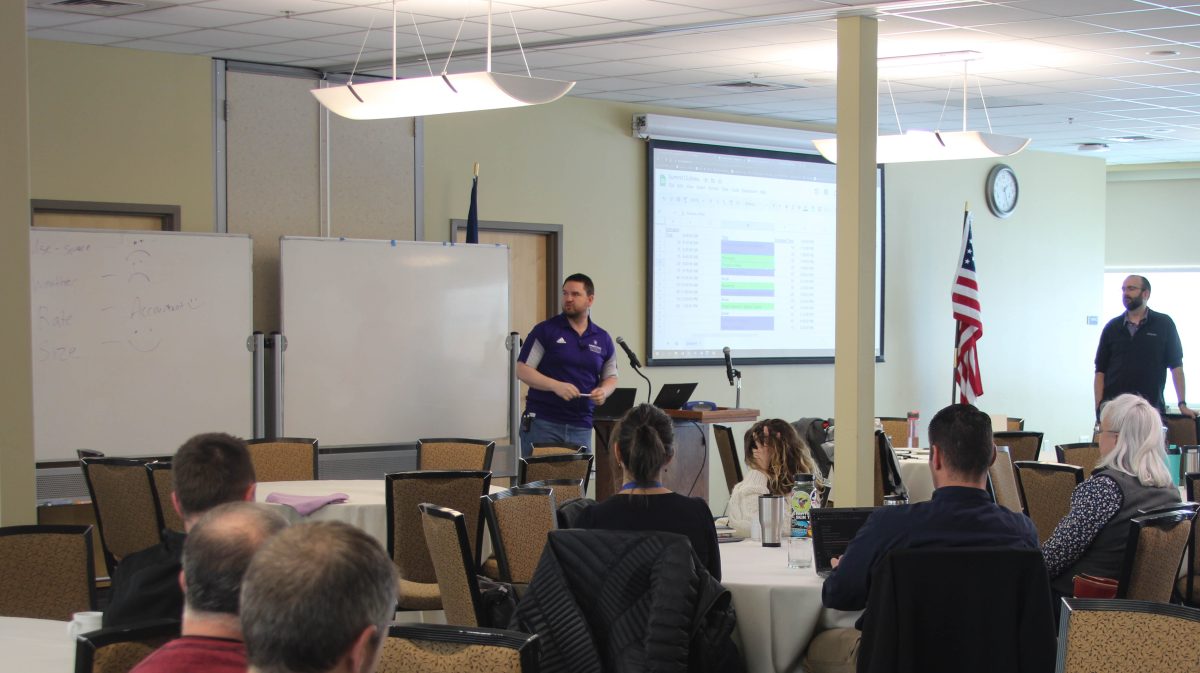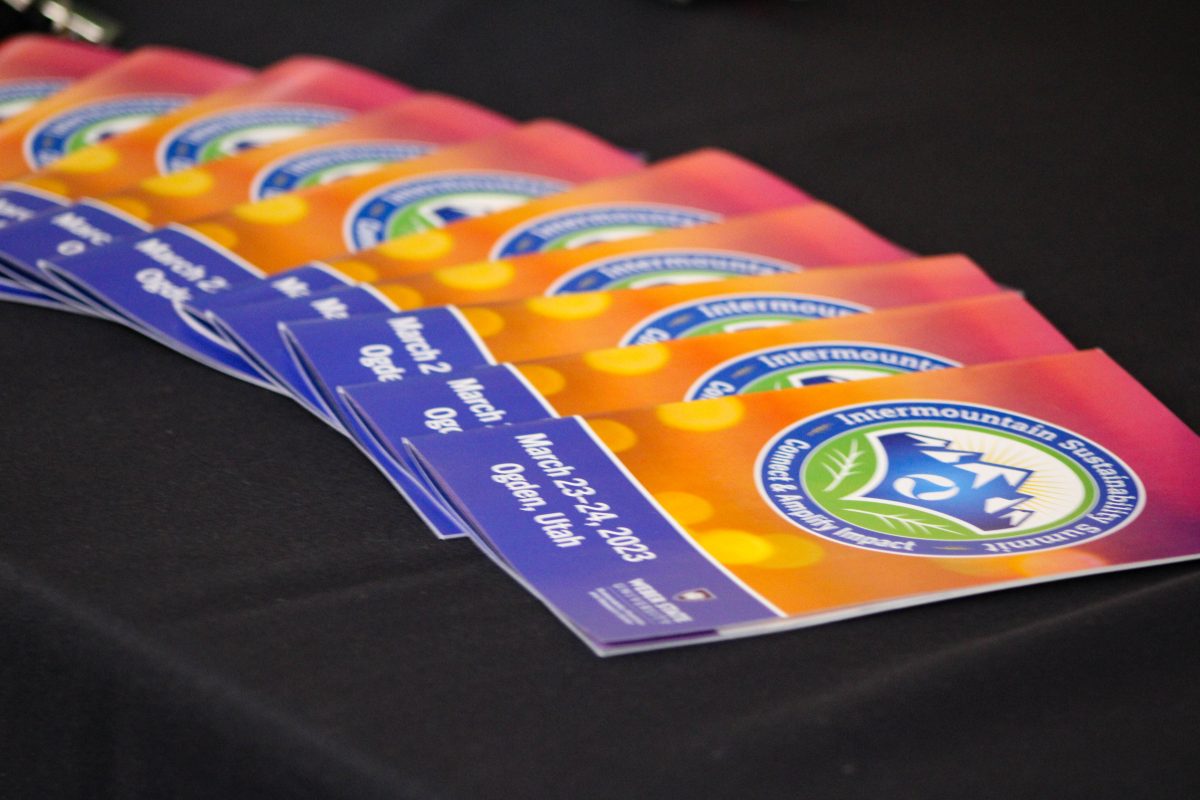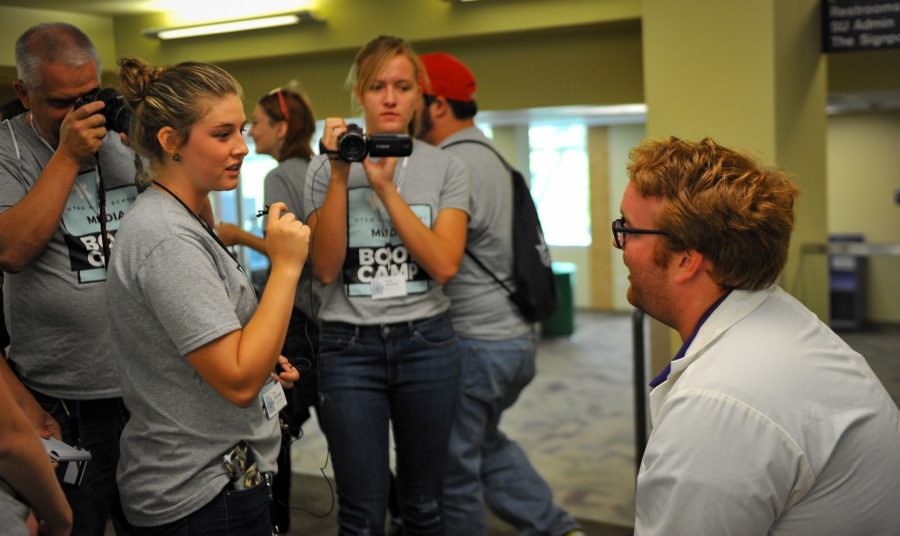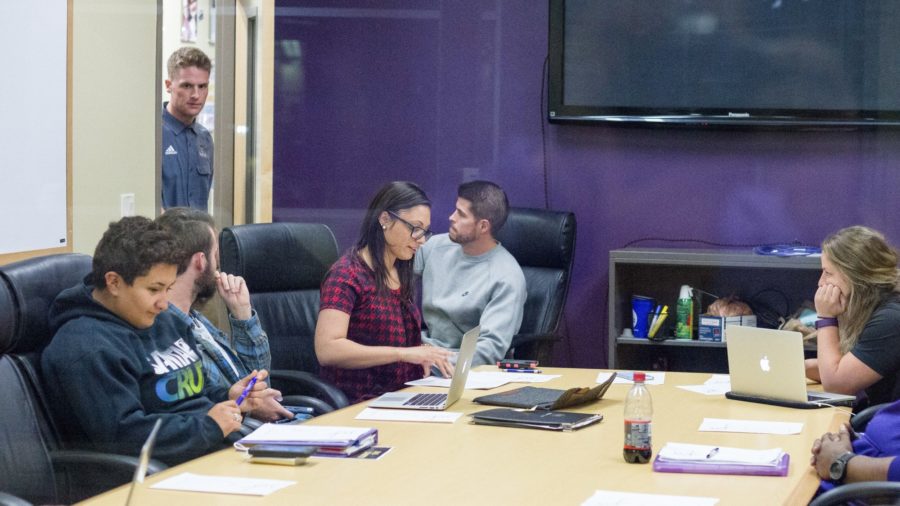Much of a single student’s college life centers around dating, an activity which is advertised in the form of the long-familiar “dating story.” His Facebook status changed to “single”? Sweet, he’s available. Wait, who’s the boy in her profile pic? Oh, it’s her cousin. Hold on, who’s that girl who wrote on his wall saying she looked for him after class today because she wanted to tell him something?
Is it weird that this whole exchange took place in some digital netherworld where (1) the man in question announced his new availability to his entire Facebook friend collection, (2) the girl had to message him to tell him she had something to tell him, and (3) spying on profiles is actually considered a dating story?
Answer: Yes.
The power of social media has become manifest in a society that now relies on invitations from Facebook to advertise for upcoming events, wise and not-so-wise thoughts from celebrity Twitter feeds, and near-constant communication with friends and family via text messaging. One aspect of social life that does not seem to be profiting from technology is dating.
Although many individuals might argue that social networking has expanded the dating world through allowing a more intimate look into the lives of potential matches, negatives surrounding a full transferral of courtship to the realms of cyberspace are inherently present. The danger in losing face-to-face communication to the ease and relative security of digital interactions takes away from an integral part of the dating process: the idea that the point of dating is actually getting to know the person who might eventually become a romantic interest. Although in-depth (and often time-consuming) discussions can be had over various technological devices, the written interaction with a screen is not the same as talking to somebody face to face.
Communicating digitally is very different in nature from communicating in person. This is directly tied to the written method of “talking” to somebody else. When writing, it is easy beforehand to plan out clever little messages and phrase them in a way that will not be offensive and, hopefully, construed as flirtatious. This method provides a sense of security for the one doing the flirting. If the objects of affection are not directly sitting in front of the flirts themselves, there is really no backlash if the sentiments are not echoed. In fact, the worst that can happen immediately is the person receiving the flirting to just ignore the message or reply in like, but without any serious intention of pursuing the relationship. The problem with this approach, however, is that it doesn’t totally dissuade or encourage the potential suitor. Messages can be lost in the world of cyberspace, and a lackluster attempt at flirting can be completely misconstrued if the only indication of its existence is words on a page. Without having the added benefit of body language — something which humans naturally rely on for communication — there is really no foolproof method for interpreting the message. Does he mean what he says when he texts “we should hang out soon”? Or is it merely a polite way of saying that he doesn’t want to hurt anyone’s feelings and is just going to say “soon” so that he doesn’t have to commit to an actual date? Hard to know when there’s no facial expressions, no tone of voice and no eye contact to go by.
The ultimate problem with digital dating is that personal profiles and pre-planned text messages are a front. They do not necessarily give an accurate portrayal of an individual as a person. Granted, most people when dating will try to play to what they perceive as the interests and expectations of the person they like. These attempts at impressing dates in a person-to-person setting, however, are different from the way in which social media literally allows people to create personas for themselves. The power of social technology is that people can present themselves in any way they like. Conversely, the danger is that this presentation can lead others, specifically those who are interested in dating the person presented, to believe in aspects of a life that are not necessarily true. At least when people are talking in person with romantic interests, they cannot change their faces with carefully chosen pictures.
Of course, social technology is helpful in meeting new people. Of course, social technology is more convenient to use when first talking to an acquaintance who might potentially become something more. Social technology becomes a problem, however, when the jump is not made from texting or messaging someone to actually talking to them in person.
It is very hard to get to know someone when the only thing to know is a digital screen.




















